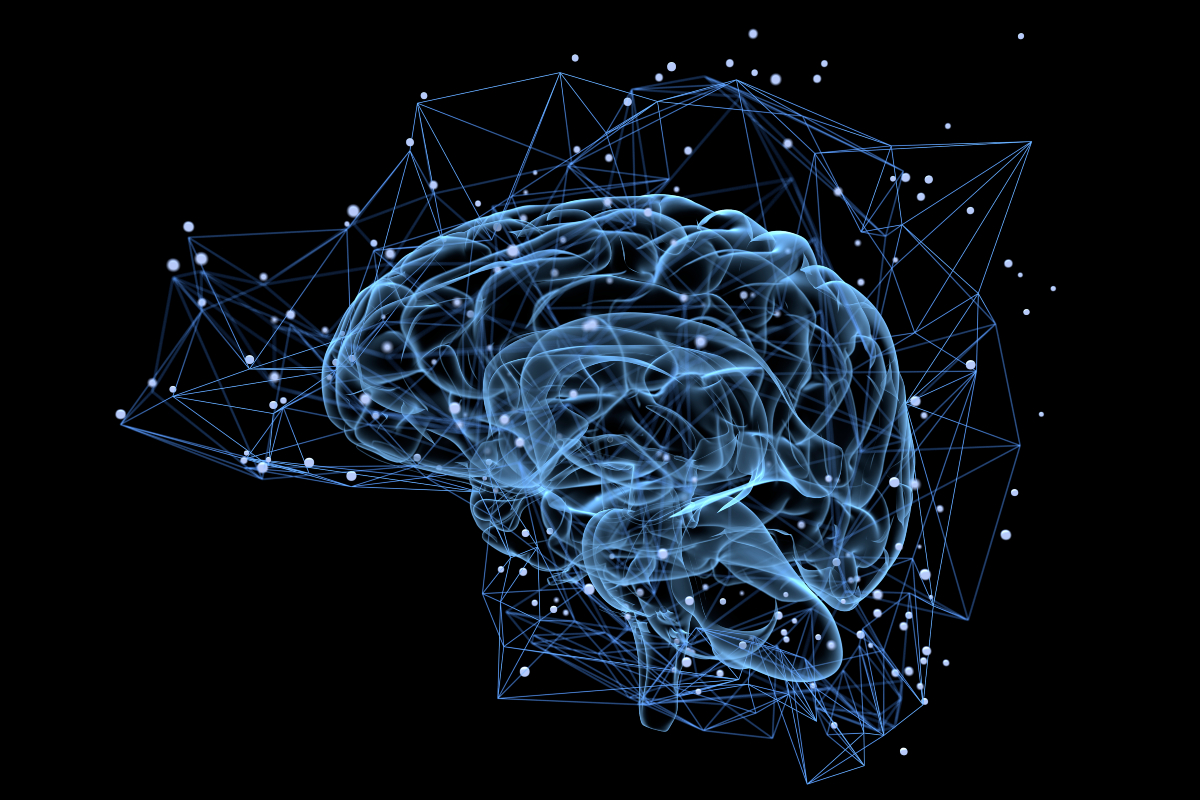
"The literature suggests that EBT (neurofeedback) should play a major therapeutic role in many different areas. In my opinion, if any medication had demonstrated such a wide spectrum of efficacy it would be universally accepted and widely used."
--Frank Duffy, the Director of Clinical Neurophysiology Laboratory at Children’s Hospital in Boston (The #1 pediatric hospital in the country by U.S. News and World Report)

"The literature suggests that EBT (neurofeedback) should play a major therapeutic role in many different areas. In my opinion, if any medication had demonstrated such a wide spectrum of efficacy it would be universally accepted and widely used."
--Frank Duffy, the Director of Clinical Neurophysiology Laboratory at Children’s Hospital in Boston (The #1 pediatric hospital in the country by U.S. News and World Report)
Neurofeedback (also known as EEG Biofeedback) is a type of technology that teaches and reinforces healthy brain function. It is FDA approved for stress relief and it is acknowledged by the American Psychological Association as an evidence-based intervention and a level 1 treatment for ADHD. Research has demonstrated that it is an efficacious treatment for anxiety, depression, PTSD, and addiction. In recent years it has also seen rapidly increasing popularity as a method of peak-performance training for professional athletes and business executives.
Neurofeedback capitalizes on neuroplasticity (the brain’s inherent ability to change itself) and steers this change in desired directions. It works by providing the brain with near-instantaneous information about its electrical firing patterns and rhythms, and rewarding it to fire in optimal frequencies. This helps the brain to change unhelpful electrical firing patterns and better self-regulate. Because the brain’s electrical activity underpins our every thought, feeling and behavior, neurofeedback can address a wide range of issues. Outcomes can include improved emotion regulation, increased attention and focus, improved sleep, and decreased anxiety. It has also been shown to help with migraines and pain management.
During a neurofeedback training session, sensors that record brainwaves (EEG) are placed on the client’s head. Clients then look at a computer monitor and play a video game that visually depicts their EEG. They receive feedback about their brain activity in real time and succeed in the game by producing more of the desired brainwave frequencies, and less of ones causing symptoms. For example, a client who struggles with anxiety can make their spaceship win a race by producing more alpha waves. Since we typically feel relaxed when we are producing alpha waves (8-12Hz), the client is training their brain to relax itself by playing the game. Succeeding in the game functions as a reward, and the more the brain is rewarded, the more it will produce this desired frequency. Just like any learning process, results improve with practice and repetition. The length of training will vary depending on the severity of symptoms. Neurofeedback helps teach permanent change.
Scientific research has demonstrated that neurofeedback is effective in treating:
While research is currently underway, numerous case studies have shown that neurofeedback is effective in treating eating disorders.
Newtown Location
17 Barclay Street, Suite B3
Newtown, PA 18940
Tel: (215) 260-7570
4936 York Road, Suite 2300
Buckingham, PA 18902
Tel: (215) 260-7570